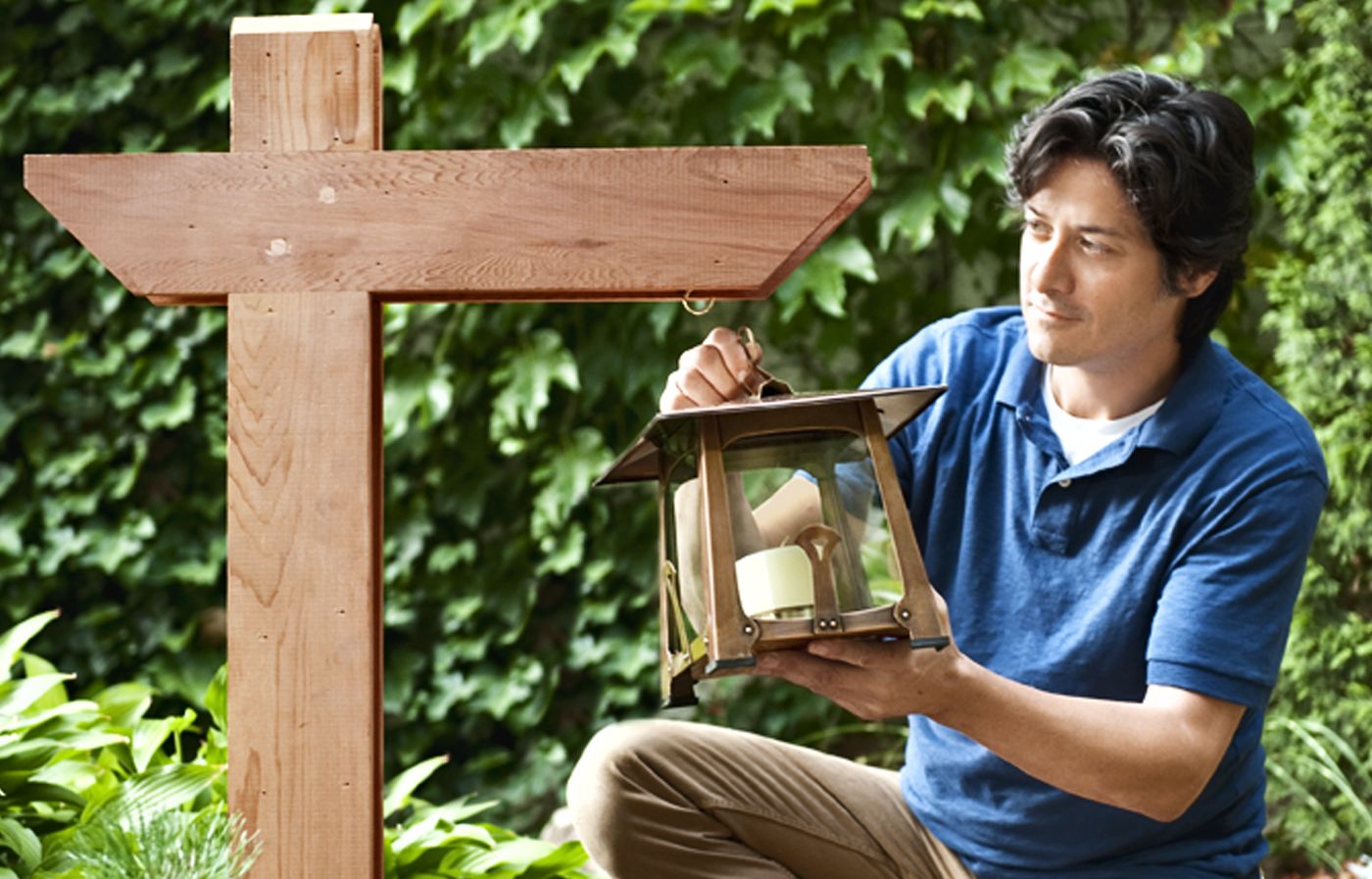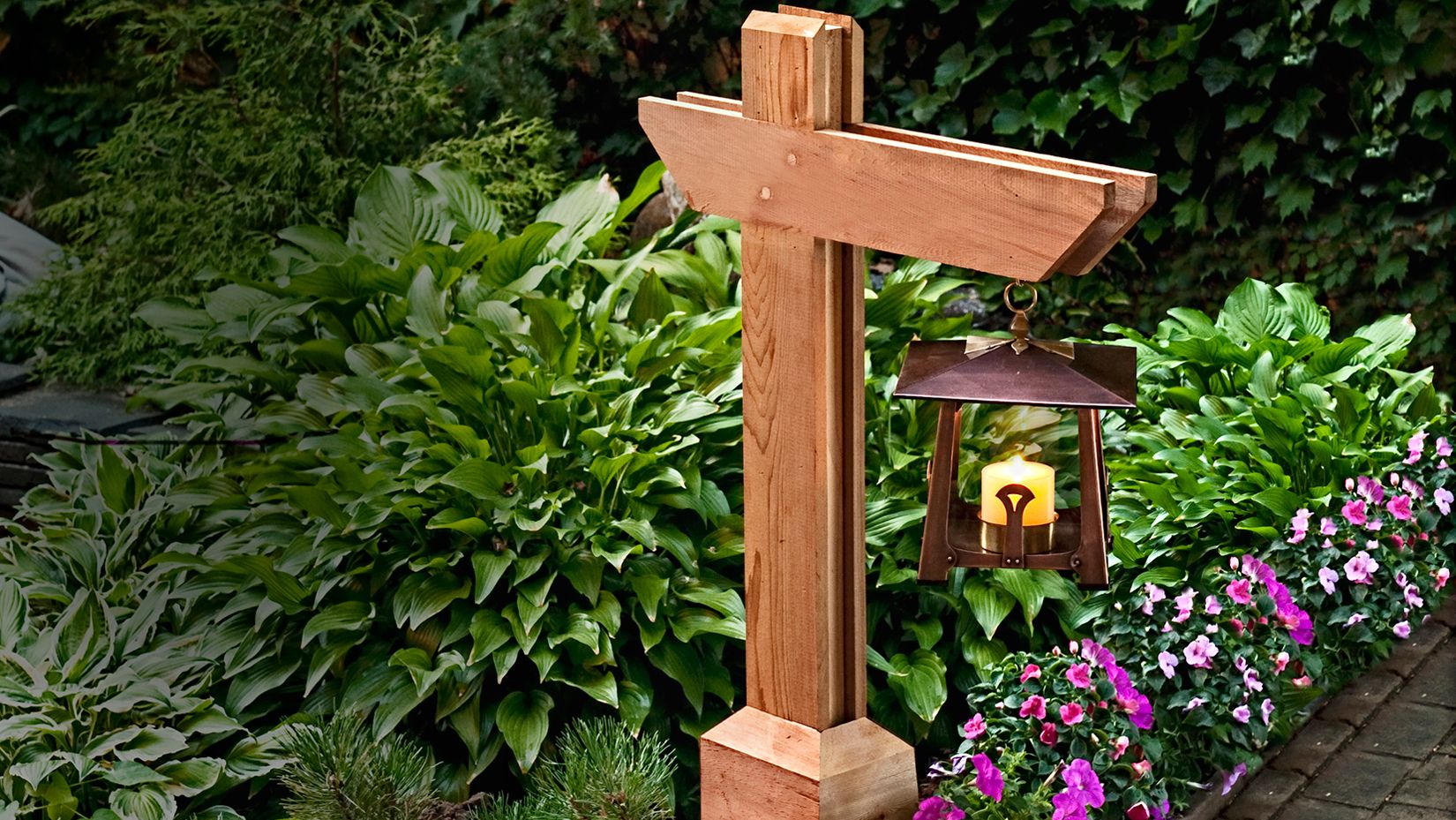A pathway lamppost can be a distinctive way to light up your garden, patio, and other outdoor areas. Though building one involves some woodworking, the result is a sturdy and visually appealing lamppost that will complement your home for years.
In this video and guide, you can follow along with This Old House senior technical editor Mark Powers as he walks you through the construction process.
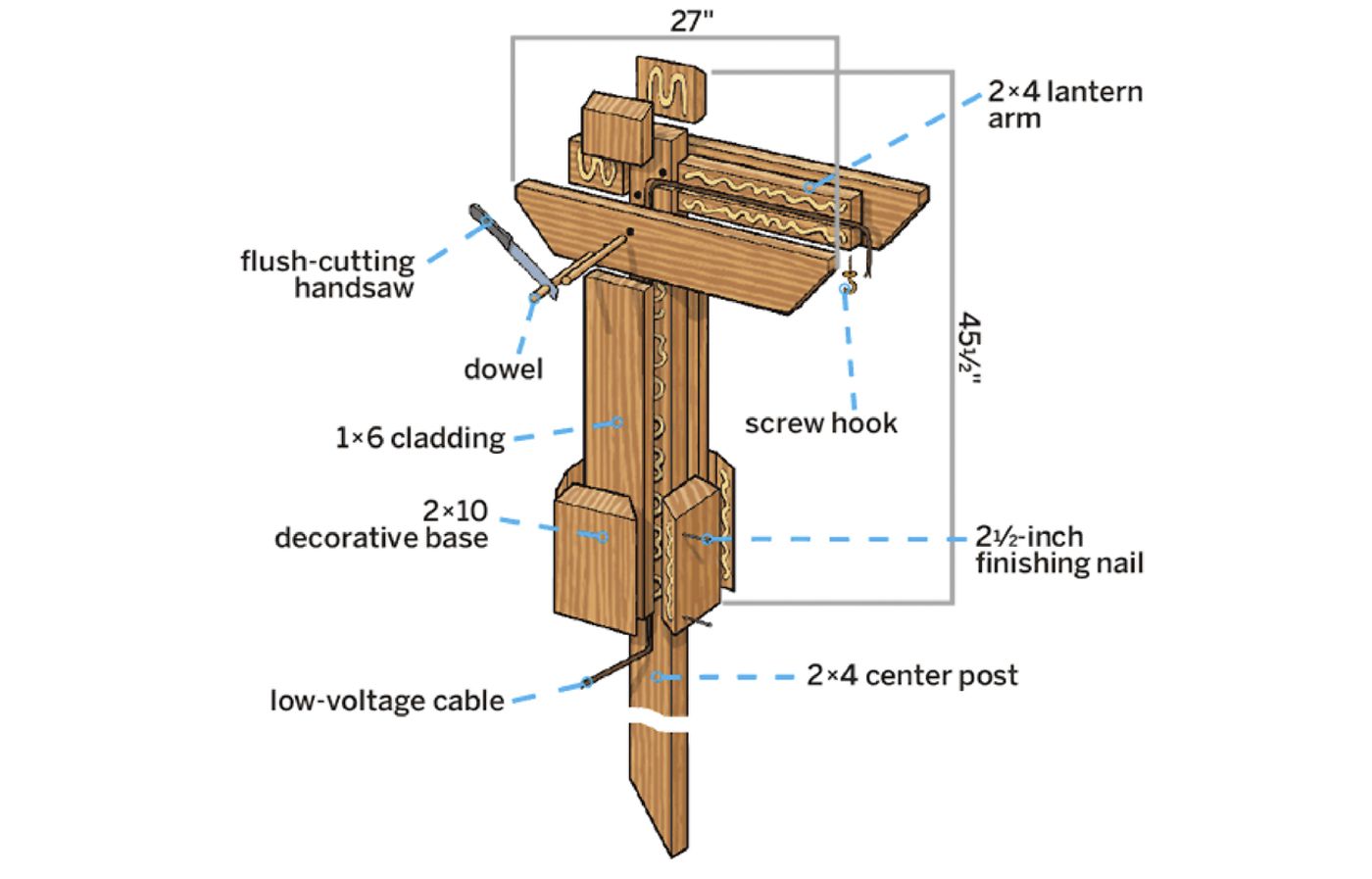
Supplies and Materials Needed to Build a Pathway Lamppost
Below are the tools, materials, and cut list requirements for this project.
Tools
- 2-foot level
- 3/8-inch spade bit
- 3-pound sledgehammer
- Circular saw
- Combination square
- Flush-cutting handsaw
- Miter saw
- Pneumatic finishing nailer
- Sliding compound miter saw
- Straightedge
- Wood chisel
Materials
- 100-grit disks for random-orbit sander
- 1-inch screw hook
- 2- and 2 1/2-inch-long finishing nails
- 2×10 clear cedar board
- 2×4 common cedar board
- 1×6 clear cedar boards
- Cable staples (optional)
- Construction adhesive
- Copper candle lantern
- Low-voltage landscape light fixture (optional)
- Polyurethane glue
- Transformer (optional)
- Waterproof carpenter’s glue
- 12-volt cable (optional)
- 3/8-inch hardwood dowel
Cut List
- 1 2×4 post: 6 feet
- 1 2×4 crossarm: 12 1/2 inches
- 1 2×4 crossarm: 3 inches
- 2 1×6 post cladding: 4 3/4 inches with a 45-degree beveled top
- 2 1×6 post cladding: 36 inches
- 2 1×6 crossarm cladding: 27 inches with 1-inch noses and 45-degree angled ends
- 2 2×10 base trim: 6 inches
- 2 2×10 base trim: 7 1/2 inches
Download and print the lamppost cut list
Steps To Build a DIY Pathway Lamppost
The project will likely take two days to complete. On day one, you will prepare and cut the cedar boards to the required size and shape. On day two, you will assemble the lamppost components and install the finished product. Below are the steps to build your lamppost.
Step 1: Crosscut the 2×4 to Length
Use a sliding compound miter saw to crosscut the 2×4 into three lengths: the long vertical center post and the two shorter pieces that make up the core of the lantern arm.
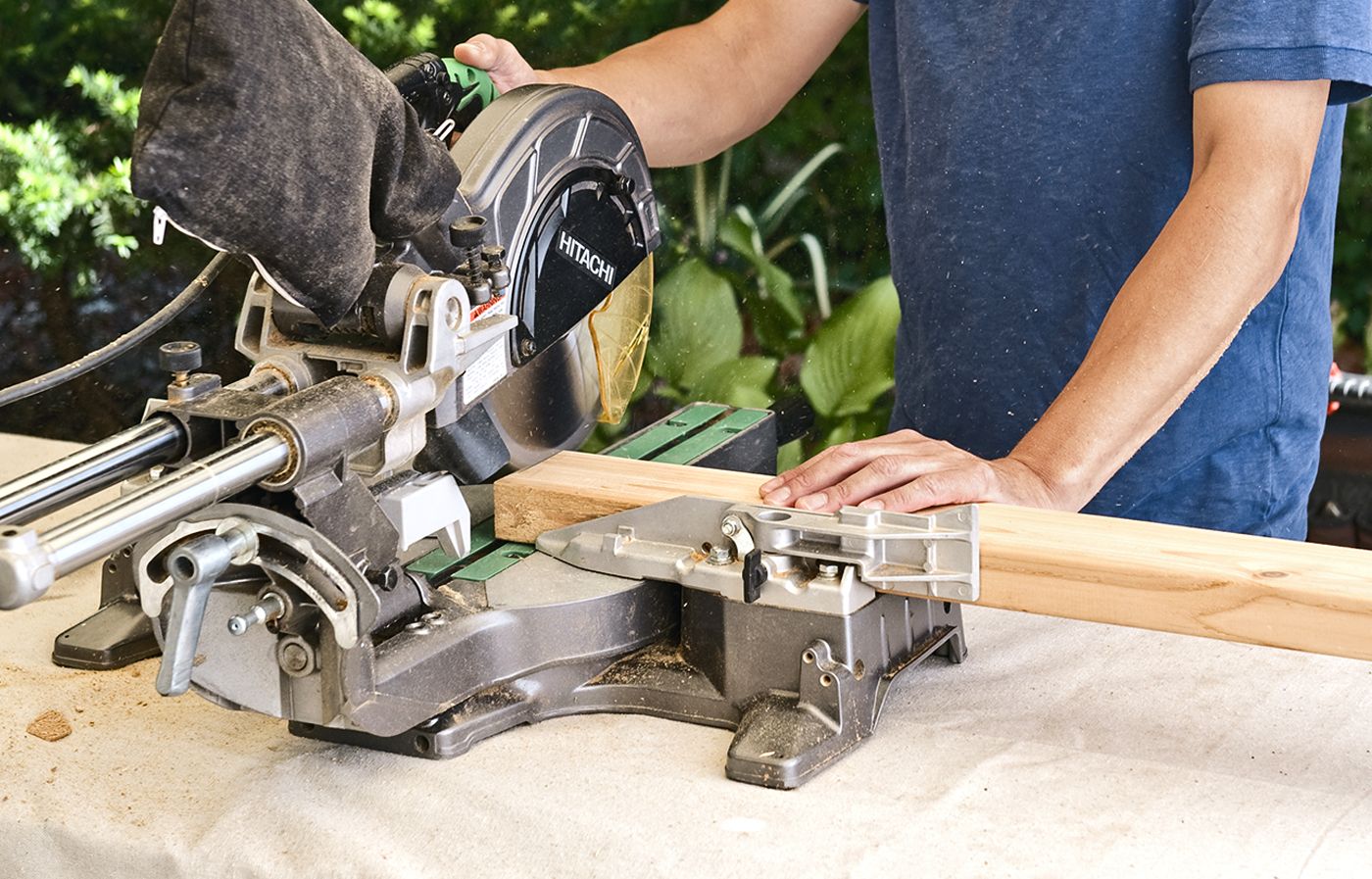
Step 2: Miter the Post End
Set the miter-saw blade to its sharpest angle (some go to 55 degrees) and trim the bottom end of the center post. The resulting sharp point will allow you to later pound the post into the ground with a sledgehammer.
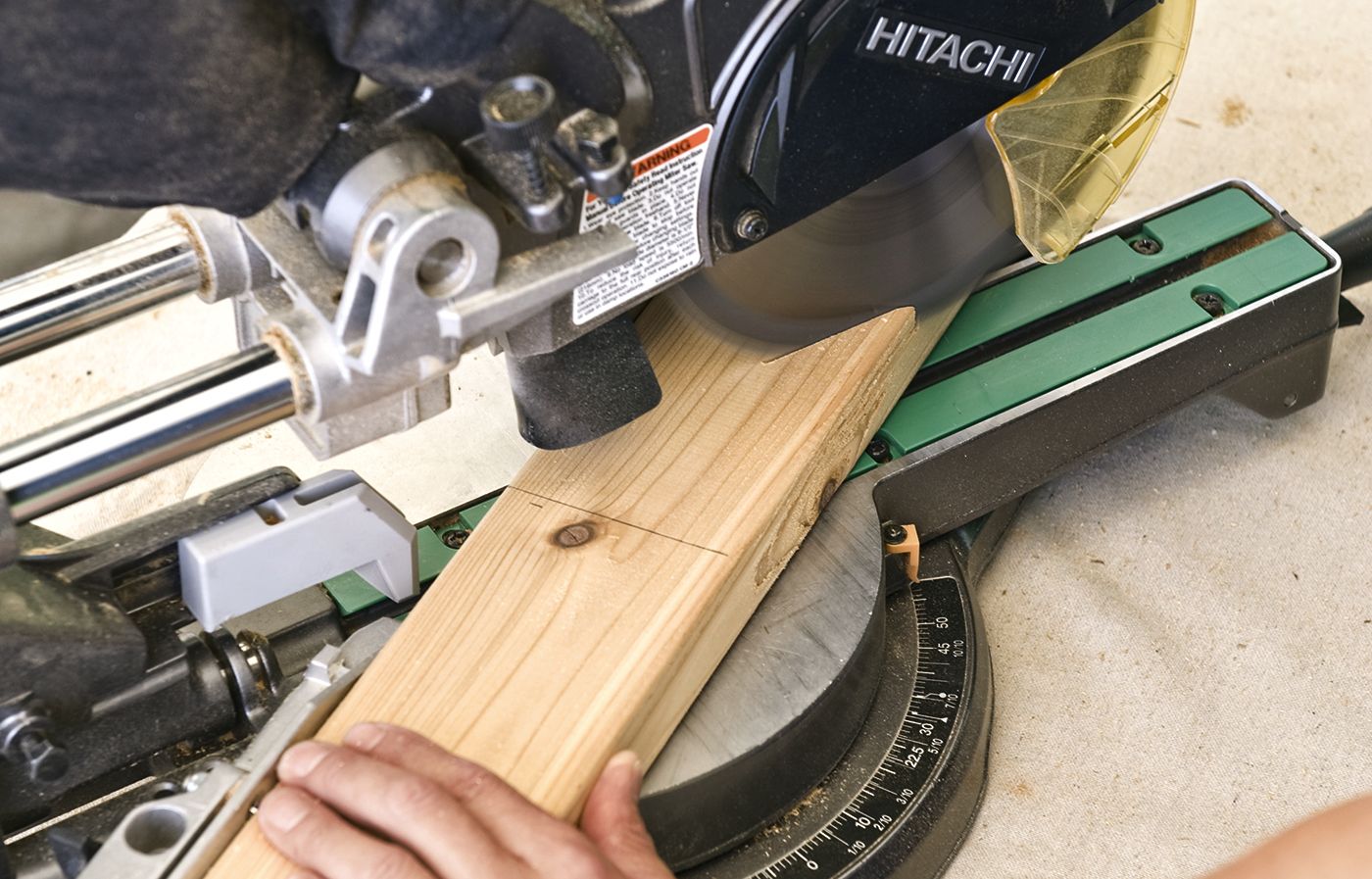
Step 3: Cut the Wiring Channel
Follow this four-step sequence if you plan to connect a low-voltage landscape light fixture. If not, skip to Step 6.
- Mark the centerline of the post from where it will meet the ground to its intersection with the lantern arm, 6 1/4 inches from the top of the post. Use a 1/2-inch spade bit and a drill/driver to bore a 1/2-inch-deep hole at that intersection.
- To make the wiring channel, set the blade of a circular saw to 1/2 inch deep and make several cuts parallel to the centerline, no more than 1/4 inch to either side.
- Do the same from the drill hole toward one edge of the board.
- On the lantern arm, follow the same process to continue the channel from the post; drill a similar turn hole 2 inches from the end, and cut a channel to the edge to reach the lantern.
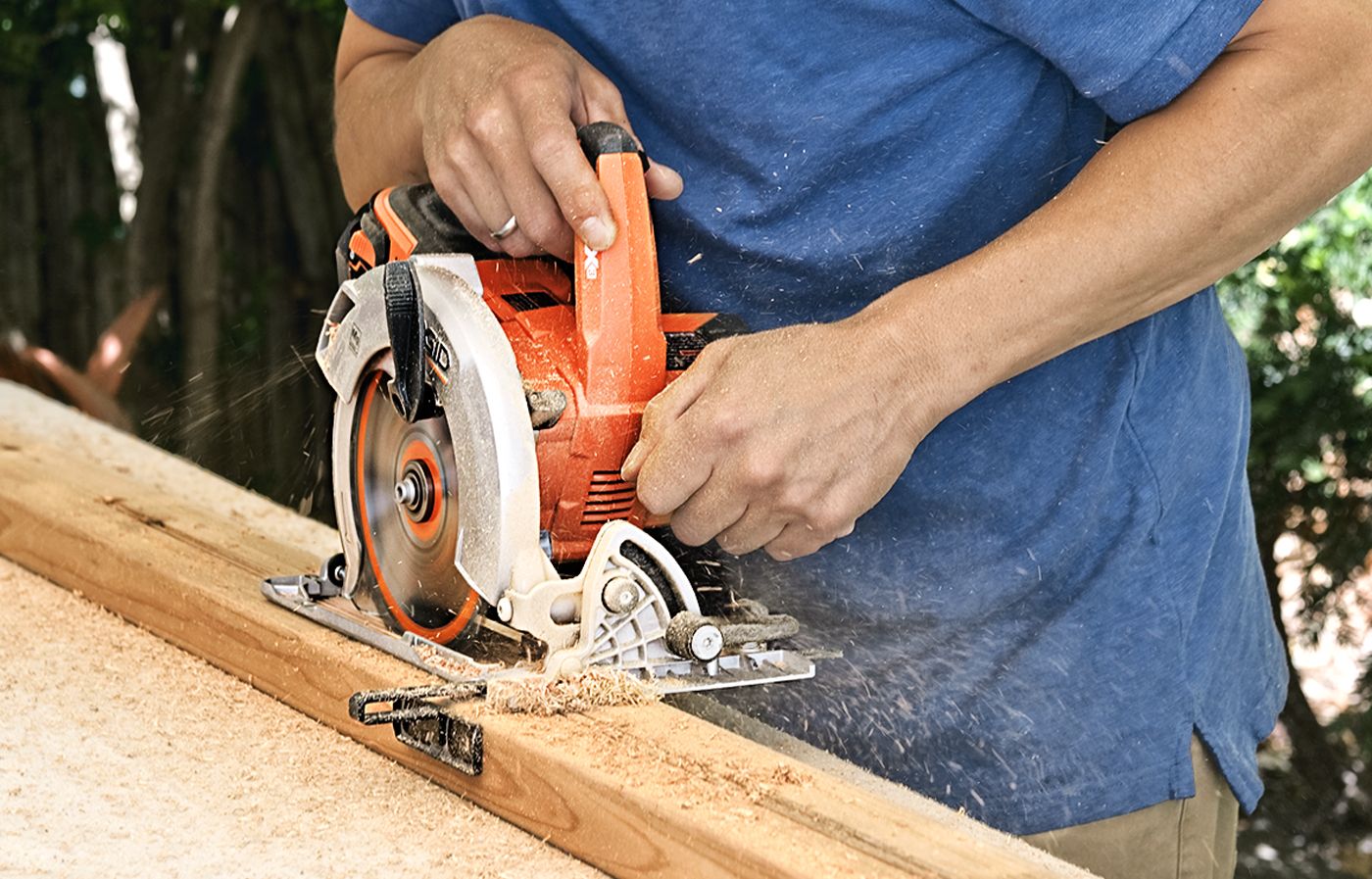
Step 4: Remove the Waste Wood
After cutting the wiring channel, use a wood chisel to carefully remove the waste wood. Clean out the channel thoroughly to create a smooth path for the electrical cable. Take care not to damage the surrounding wood while removing the waste material.

Step 5: Set the Cable in the Groove
If you’re installing electrical lighting, now is the time to lay the low-voltage cable in the groove you’ve created.
Leave a few extra feet of cable at the lantern arm end for later connection. Secure the cable in place using cable staples, ensuring it sits flush within the channel.
Tip: Adjust your combination square to the distance between the edge of the post and the edge of the channel, and use that setting to avoid puncturing the cable in steps 8 and 17.
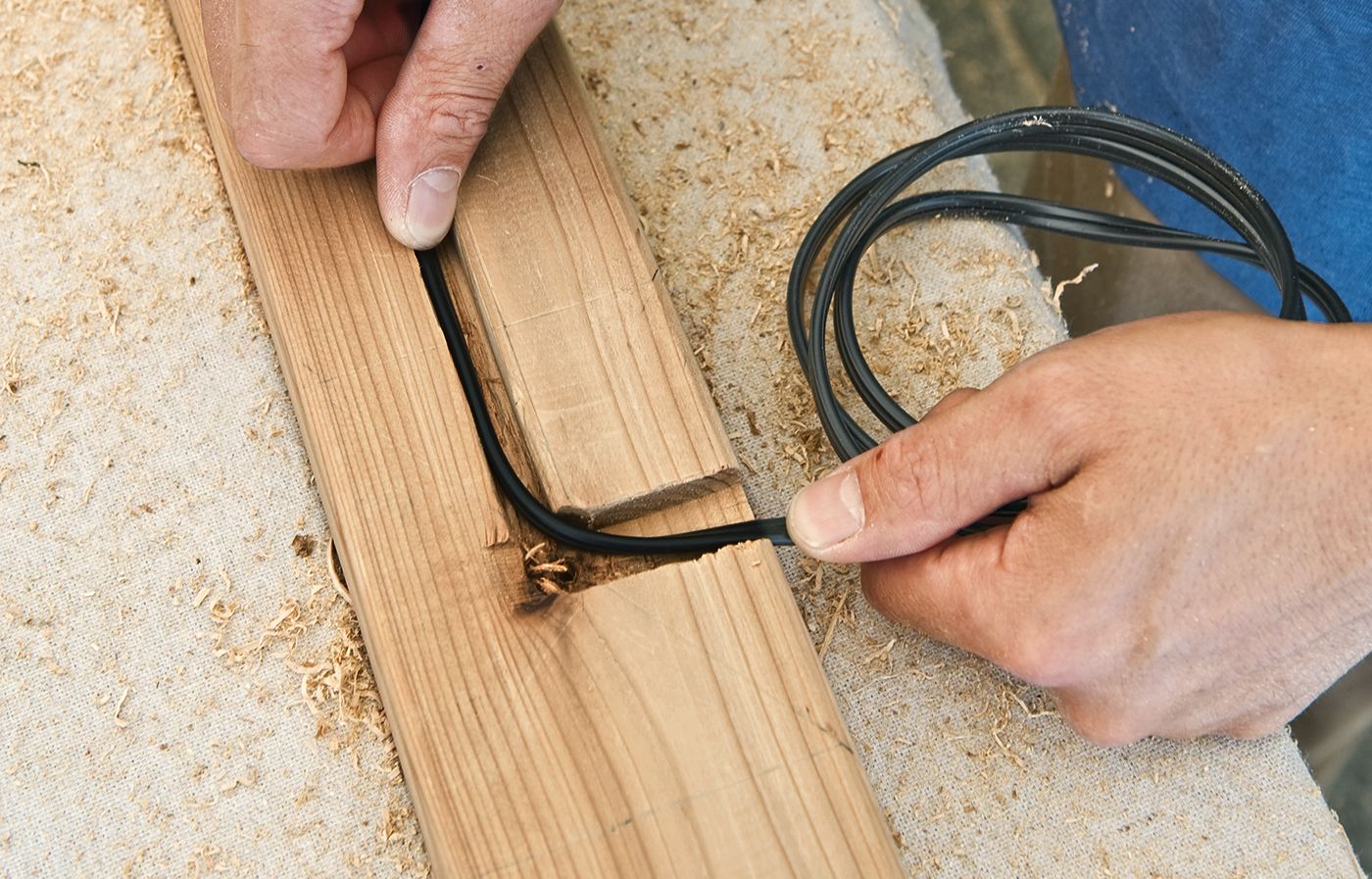
Step 6: Mark the 1×6 Arms
Moving on to the decorative elements, cut the 1×6 cedar boards that will clad the lantern arm. Use a combination square to mark 45-degree cutlines on each end of both crossarm pieces, leaving 1 inch of the boards’ ends square.
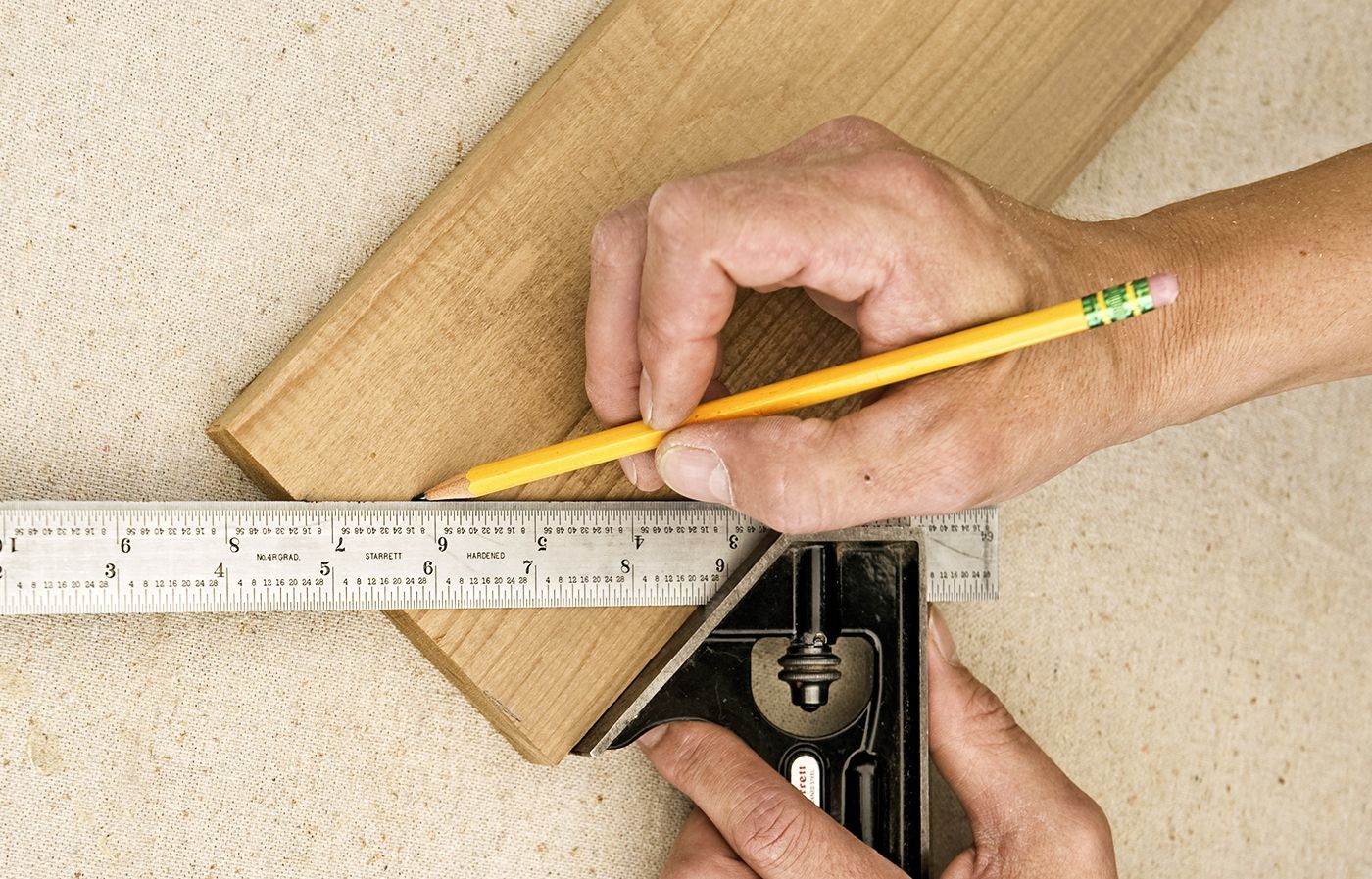
Step 7: Cut the Pieces
Trim the arms at the marked cutlines using your miter saw set to 45 degrees. Next, prepare the 1×6 boards that will clad the center post. Bevel one end of each board at 45 degrees, using these ends to create the short pieces that fit directly above the lantern arm.
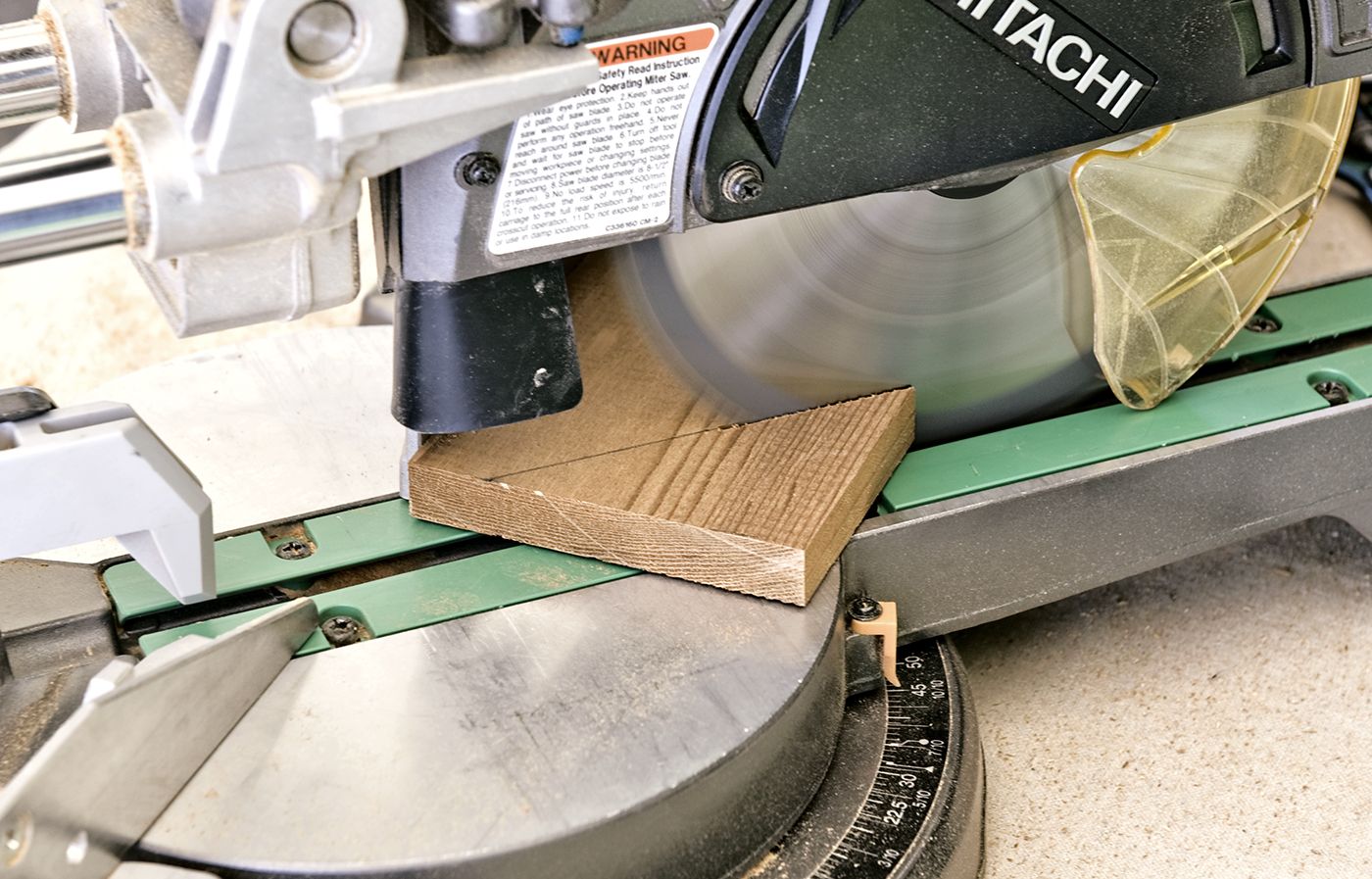
Step 8: Lay Out the Cladding
Arrange the three 1×6 pieces that will form one side of the lamppost on a flat work surface. This step lets you visualize the final structure and ensures all pieces fit together correctly before assembly.
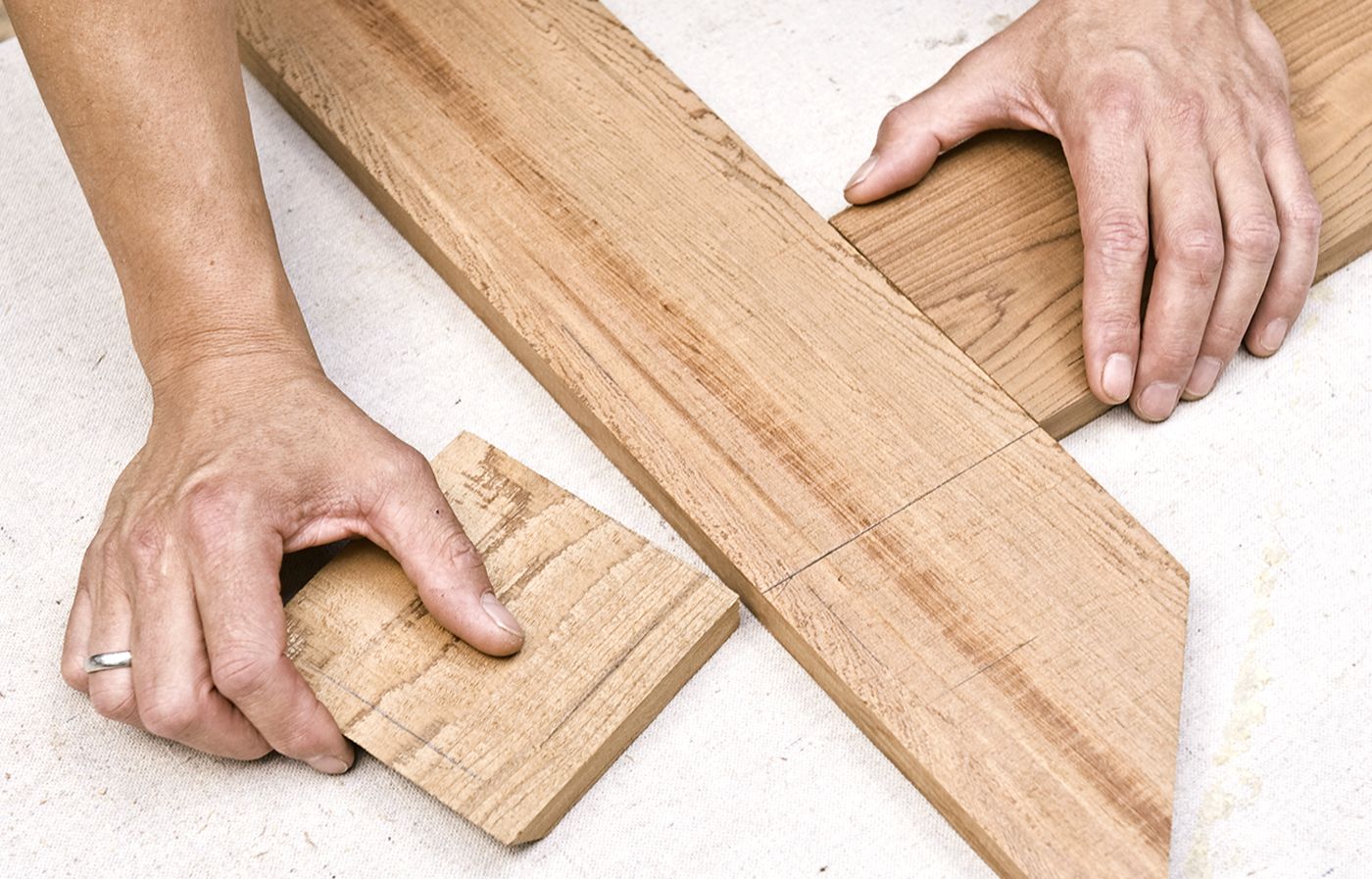
Step 9: Position the 2×4 Parts
Place the 2×4 center post on the arranged cladding boards. Use a 1-inch-wide scrap wood block to center the post, ensuring it’s flush with one edge of the 1×6. Mark the 2×4’s final position and repeat the process for the lantern arm.
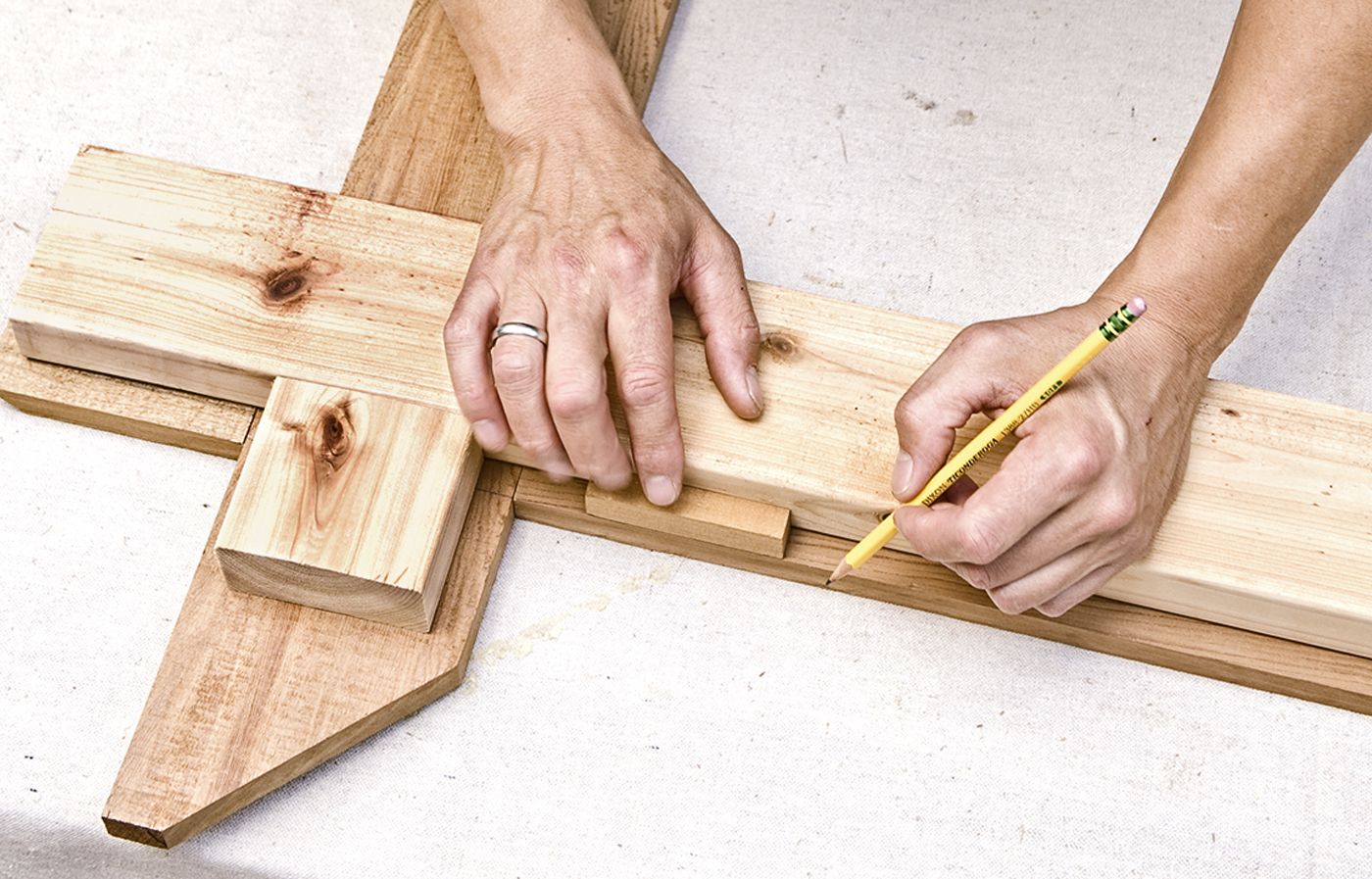
Step 10: Join the Post Parts
Apply construction adhesive to the 2×4 pieces and press them into place on the cladding. Secure them with a pneumatic finishing nailer and 2-inch nails. If you have installed electrical cable, please be careful of its location when nailing.
Add the remaining cladding, aligning it carefully with the opposite layer.
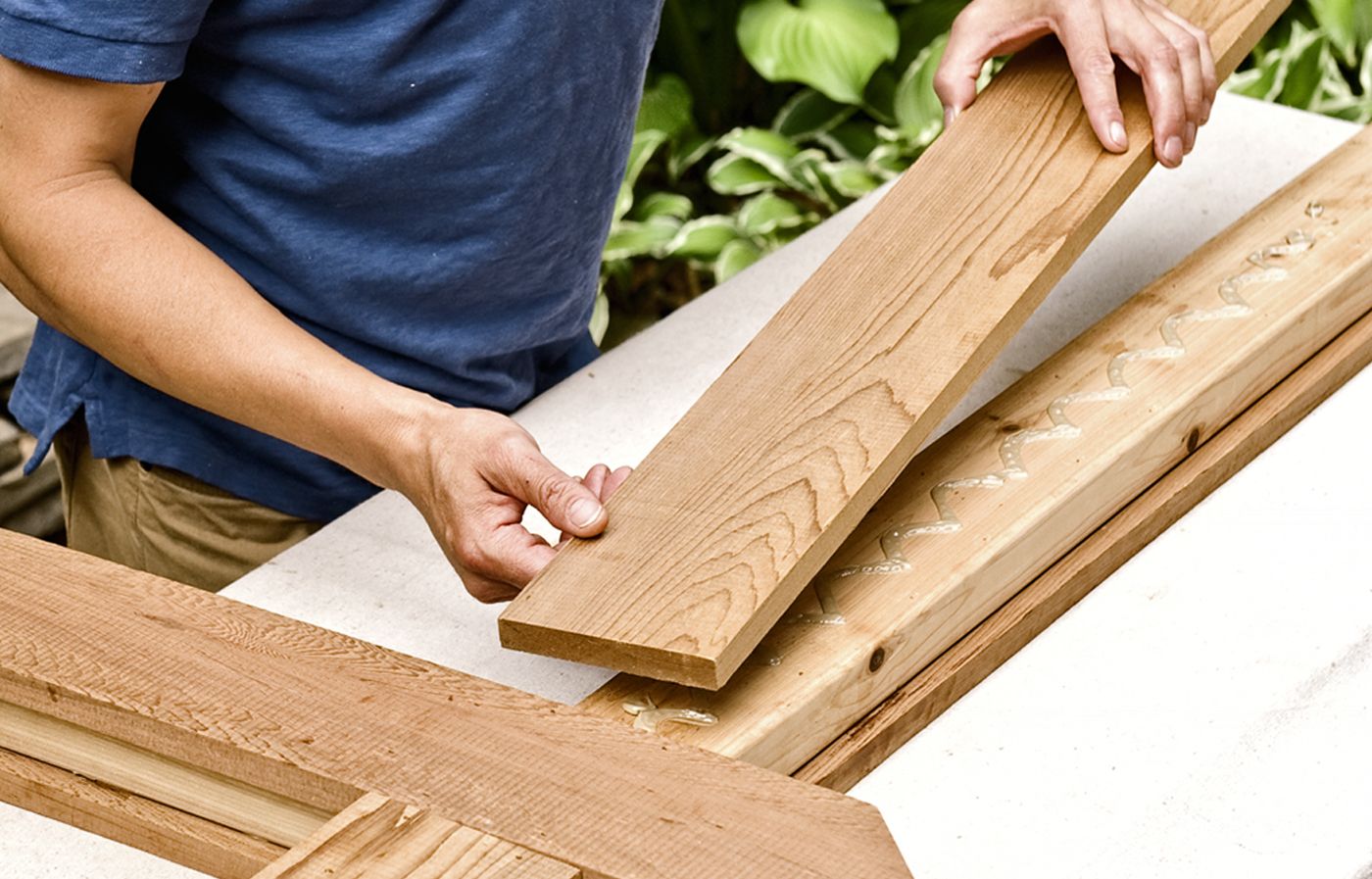
Step 11: Bore the Dowel Holes
To reinforce the joint between the post and lantern arm, you’ll install hardwood dowels. Draw a 45-degree line where the post intersects the arm and mark two points along this line, 2 1/2 inches from each corner. Use a drill with a 3/8-inch spade bit to bore holes at these marks.
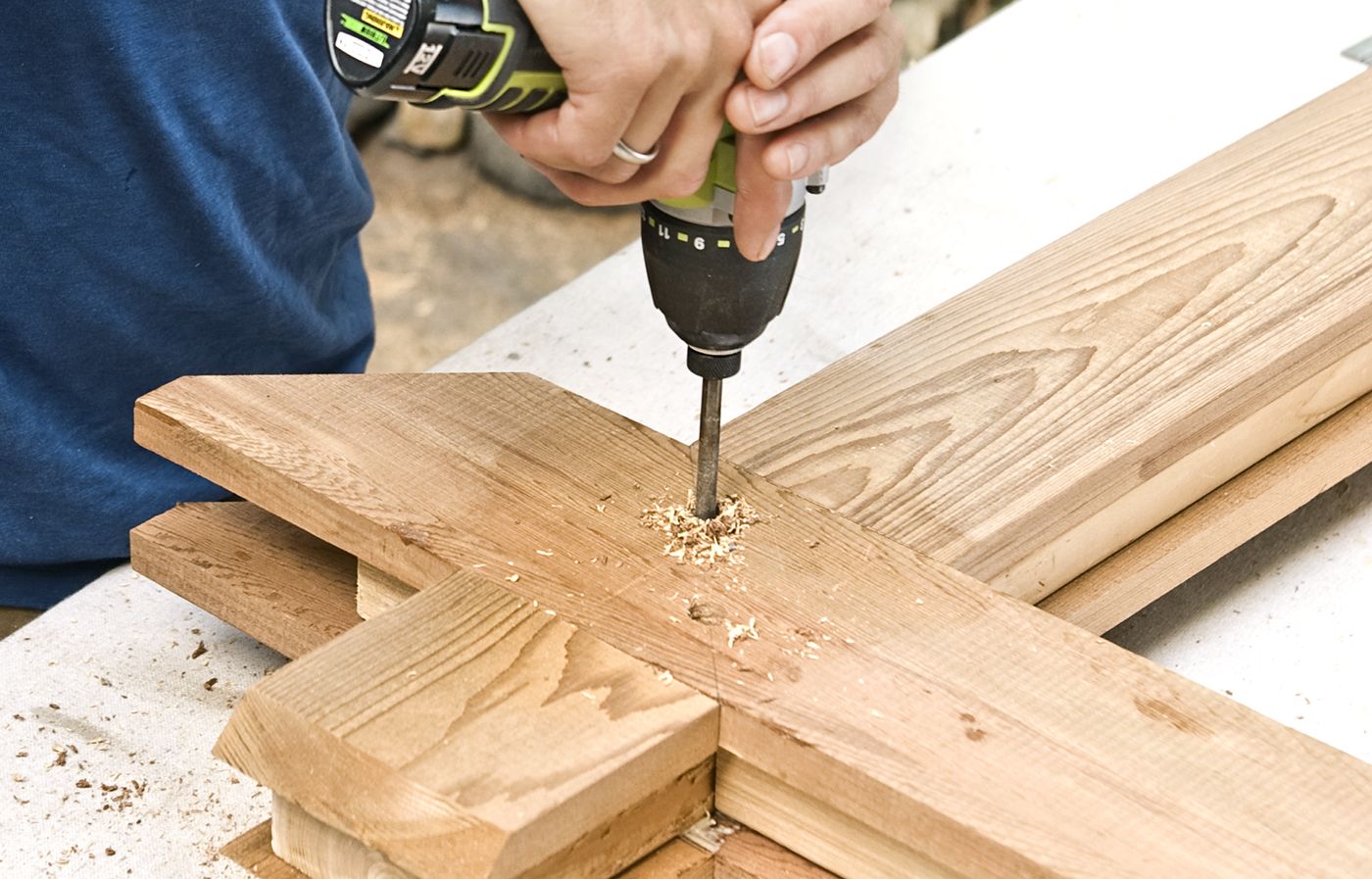
Step 12: Trim the Dowels
Apply waterproof carpenter’s glue or polyurethane glue to a 3/8-inch hardwood dowel and insert it into one of the holes. Tap it in until it protrudes at least 3/8 inch from the opposite side. Use a flush-cutting handsaw to trim the excess dowel. Repeat this process for the second dowel.
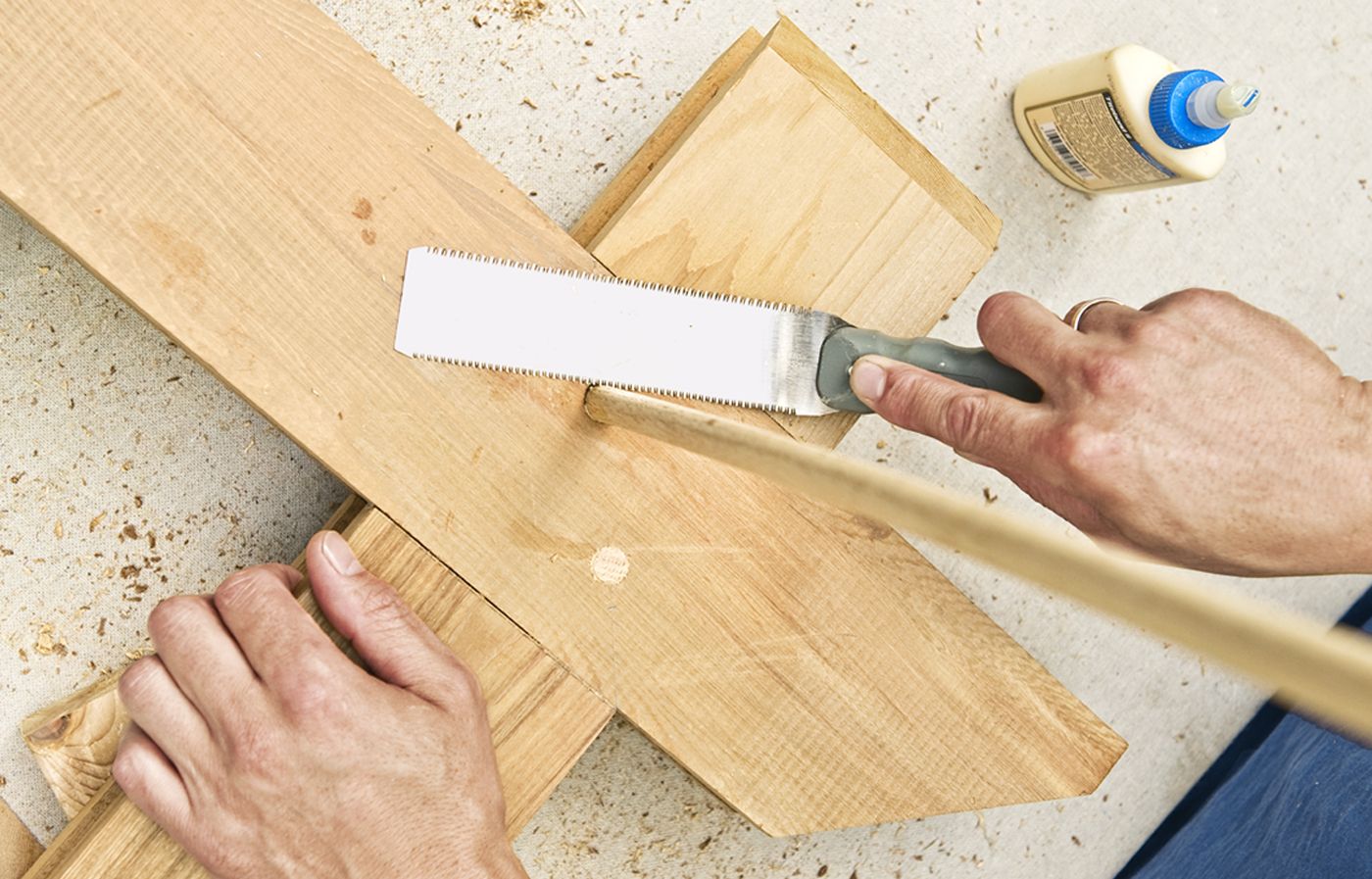
Step 13: Bevel-Rip the Base
To create the decorative base, clamp a 2×10 cedar board to a sturdy surface with its long edge overhanging. Use a circular saw to rip a 45-degree bevel along the overhanging edge. For a perfectly straight cut, consider clamping a long straightedge to guide the saw.
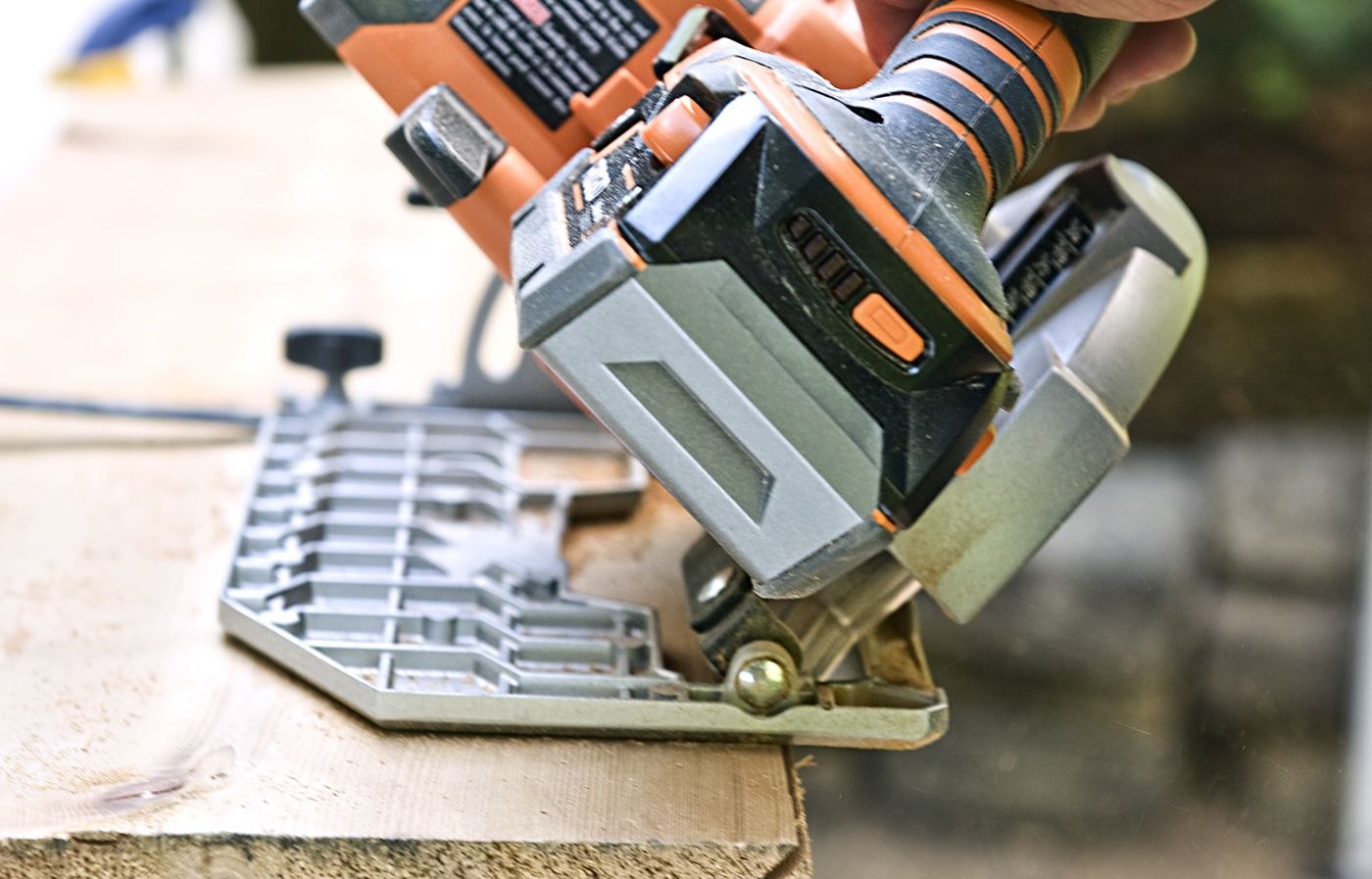
Step 14: Miter-Cut the Base
Tilt the miter-saw blade to a 45-degree bevel and adjust the miter angle to zero. Bevel-cut the 2×10 into four lengths to wrap around the lamppost base.
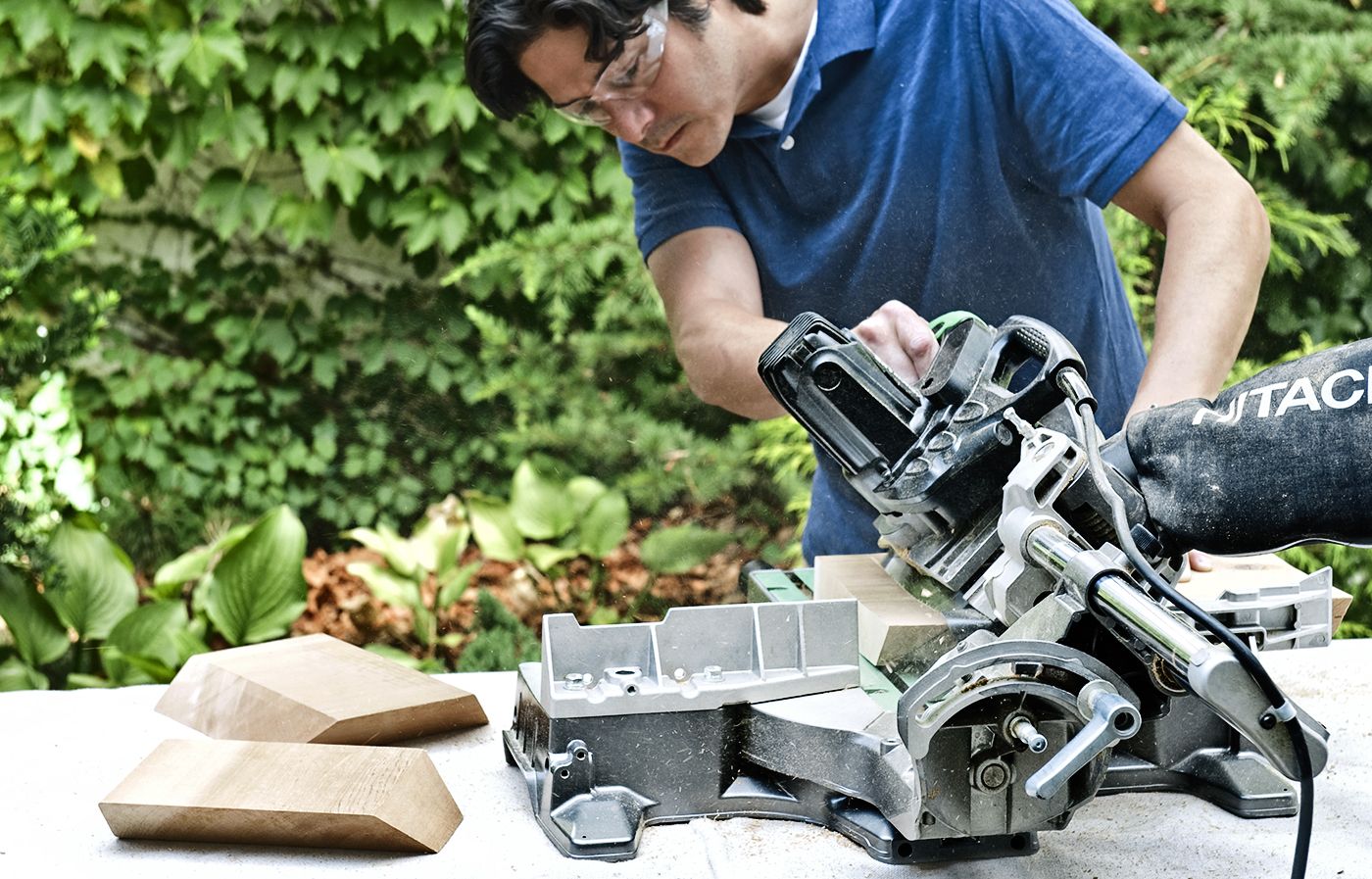
Step 15: Attach the Base to the Post
Apply construction adhesive to the back of the first piece of base trim and press it to the lamppost, flushing the square end with the end of the cladding.
Use a pneumatic finishing nailer and 2½-inch-long nails to attach it, then attach the remaining three base pieces in a similar fashion.
Use construction adhesive against the post, but apply waterproof carpenter or polyurethane glue to each of the four mitered corner joints. And be sure to nail through the corners, as shown.
Sand all surfaces smooth with a random-orbit sander fitted with a 100-grit disk.
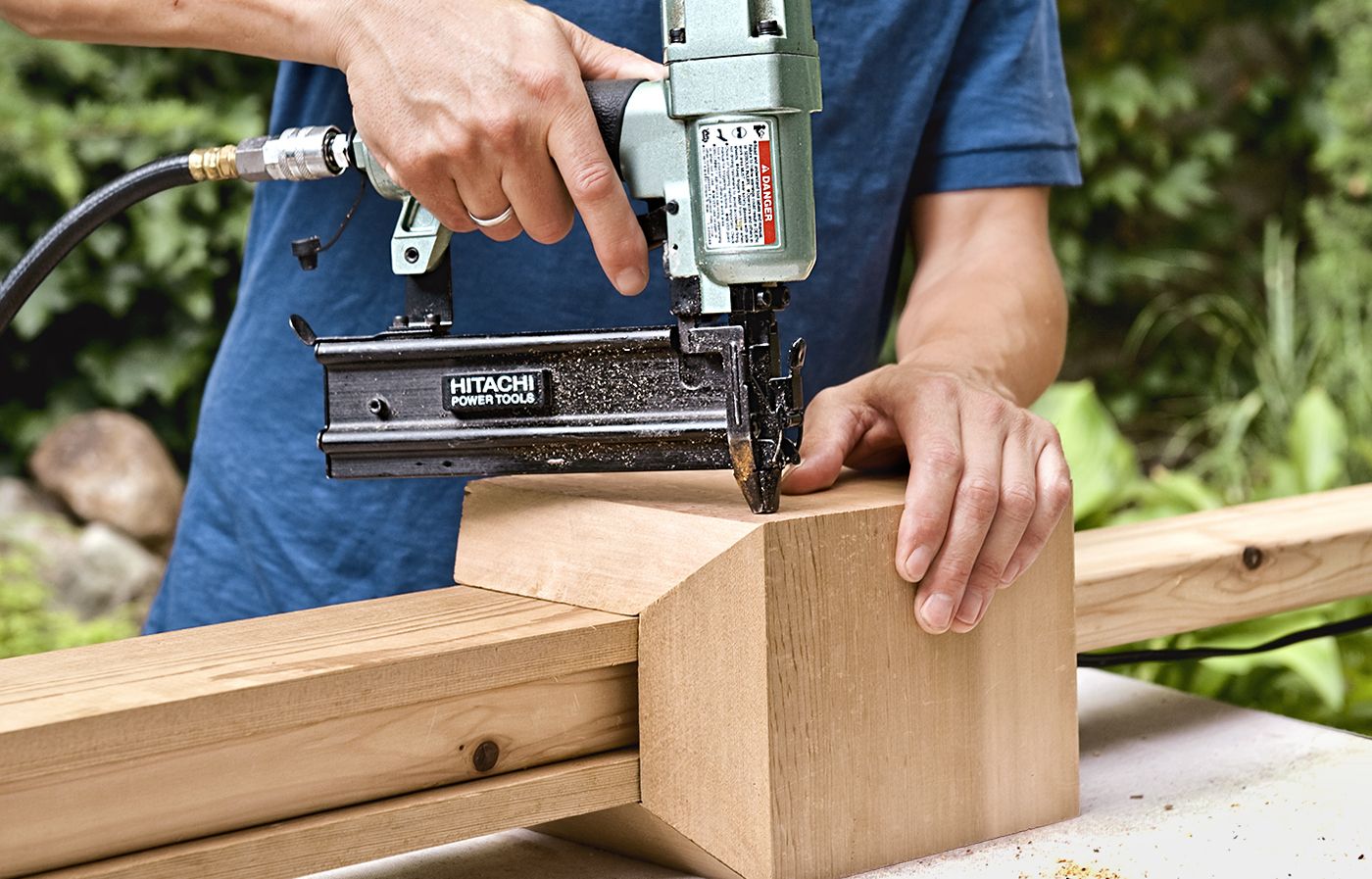
Step 16: Sink the Post
Hold a 2×4 block on top of the center post and tap it with a 3-pound sledgehammer to drive the pointed end into the ground. If necessary, loosen the soil first with a shovel. At least one-third of the post should extend below ground.
Plumb the post using a 2-foot level. If you want to preserve the color, treat it with teak oil.
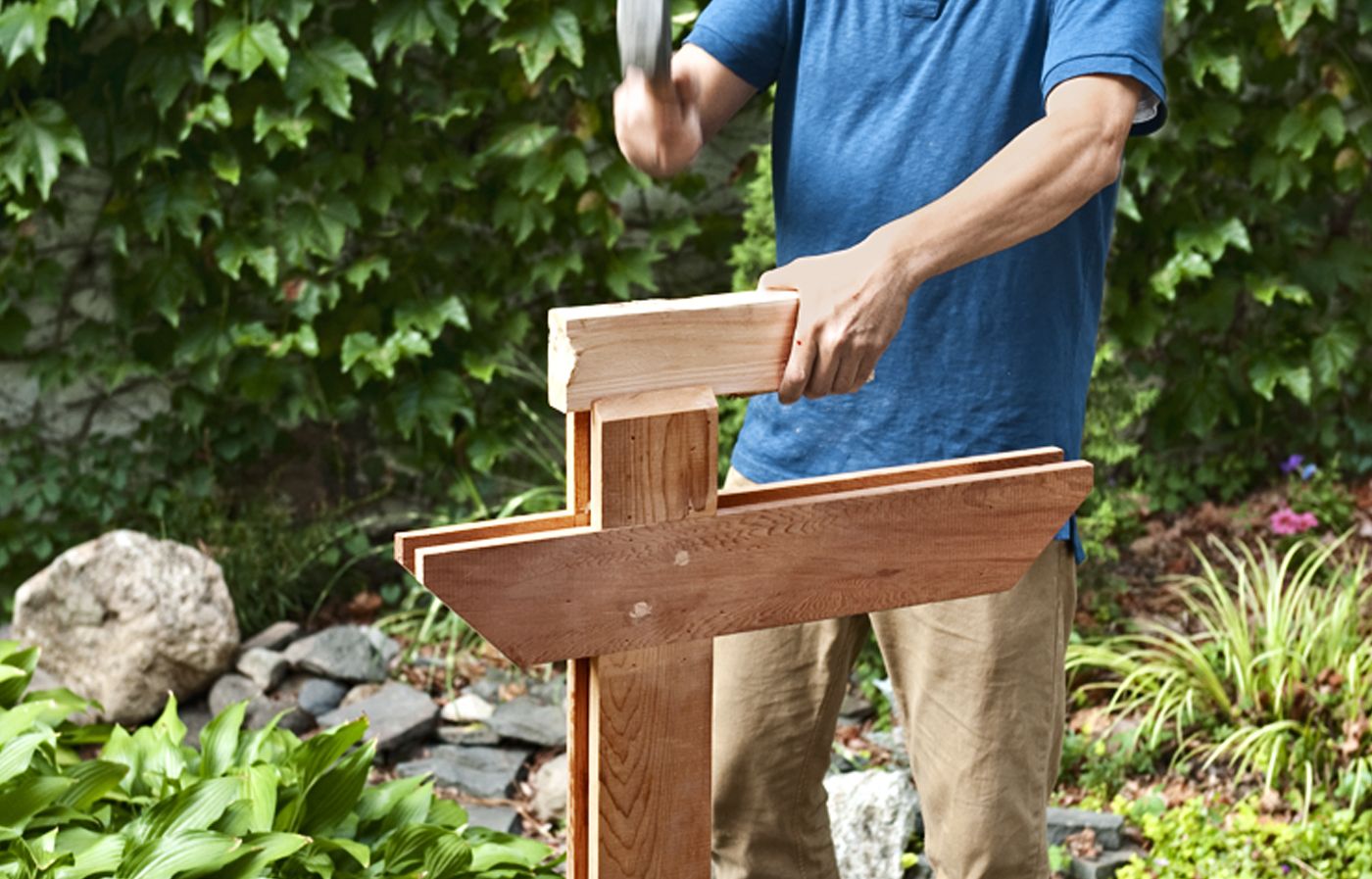
Step 17: Hang the Lantern
Finally, twist a 1-inch screw hook into the underside of the 2×4 arm and hang your chosen lantern. If you’ve wired the lamppost for low-voltage lighting, complete the electrical connection at this point, making sure all connections are secure and weatherproof.
